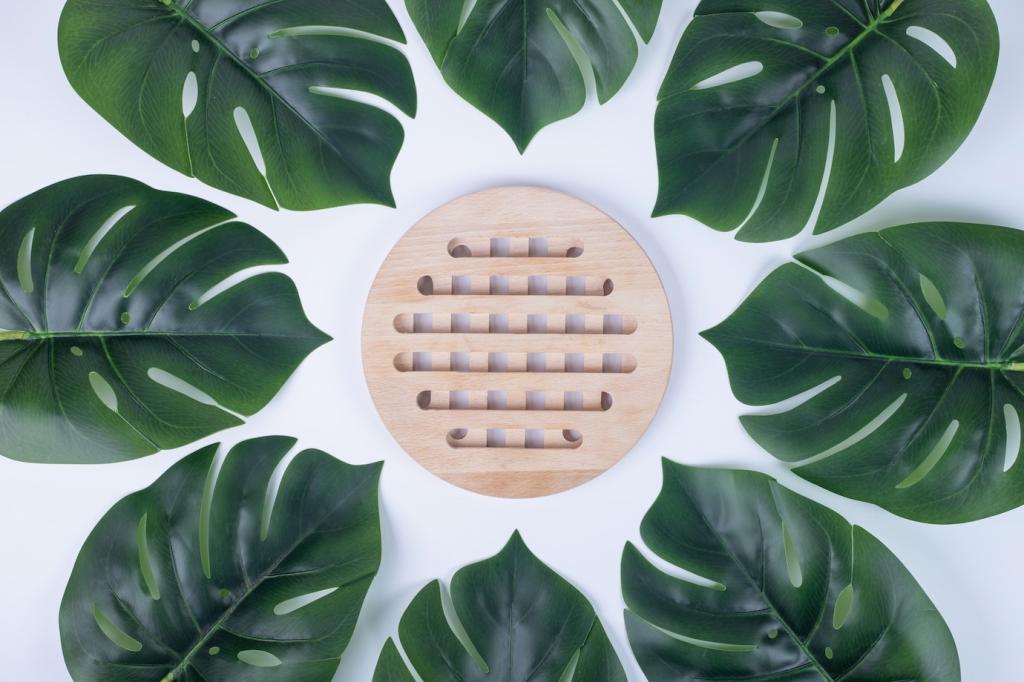Site Orientation and Passive Daylighting
Track the seasonal arc from winter’s low sun to summer’s high angle, and align openings where light is useful, not harsh. Use a simple sun-path app, then comment with your latitude so we can suggest a tailored strategy.
Site Orientation and Passive Daylighting
Place living areas to greet morning or midday light, and reserve west exposures for spaces that tolerate heat. Try sketching your floor plan with arrows showing light flow, then share your sketch for friendly feedback from readers.
Site Orientation and Passive Daylighting
On one project, rotating the plan a few degrees increased useful daylight without adding windows. The family reported brighter breakfasts and fewer daytime lights on. Would a gentle rotation help your site? Post your compass reading and we’ll weigh in.
Site Orientation and Passive Daylighting
Lorem ipsum dolor sit amet, consectetur adipiscing elit. Ut elit tellus, luctus nec ullamcorper mattis, pulvinar dapibus leo.



